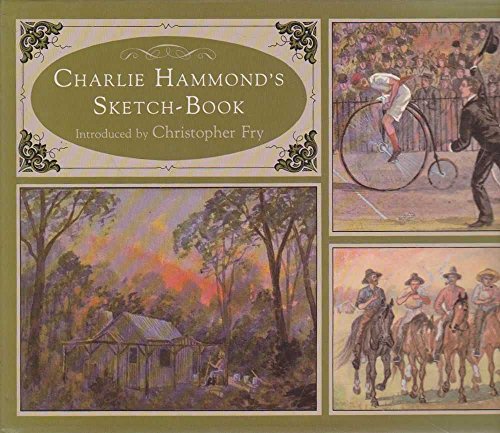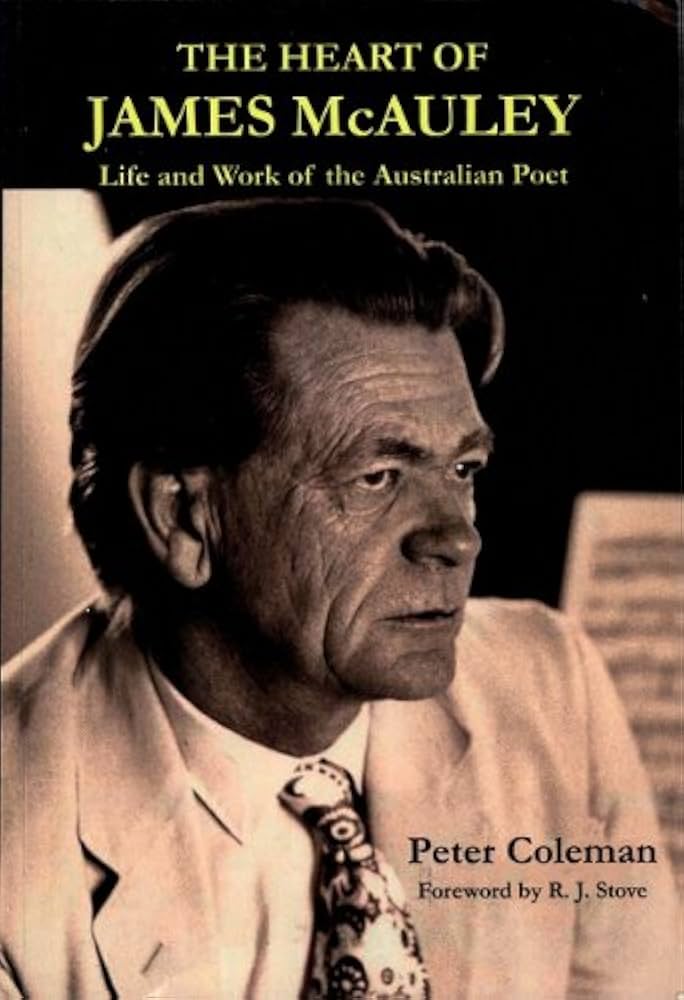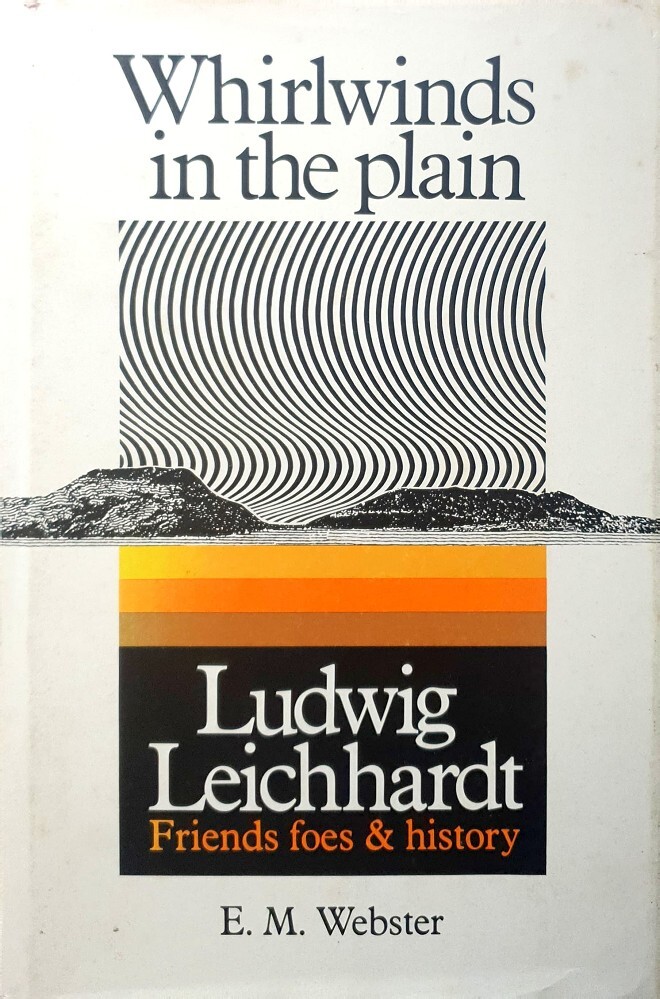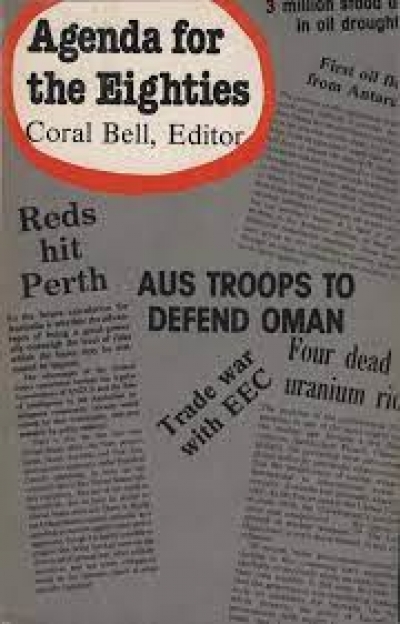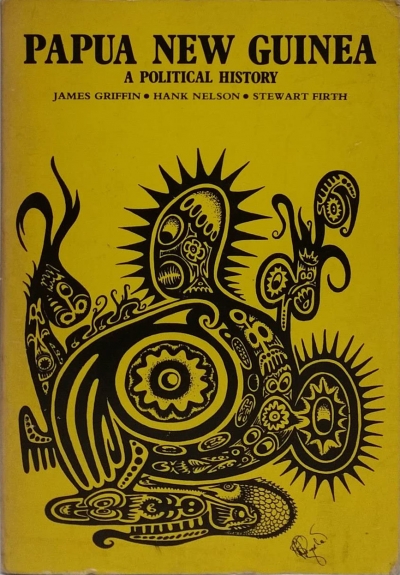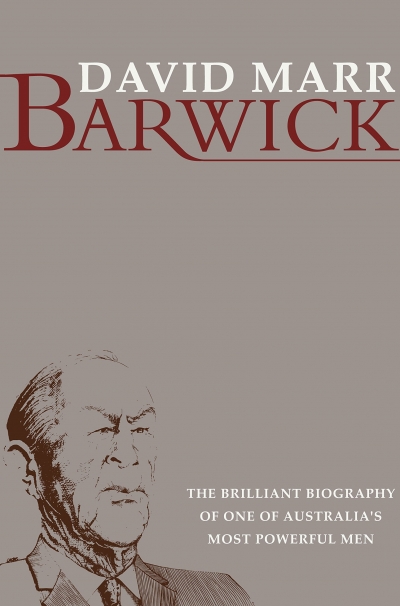History
Playwright Christopher Fry long ago wrote that ‘The bridge by which we cross from tragedy to comedy and back again is precarious ... if characters were not prepared for tragedy there would be no comedy ... their hearts must be as determined as the phoenix ... what burns must also light and renew’.
... (read more)The men of the 2/30th Battalion laughingly enlisted. They didn't laugh on 16 February 1942 when, as part of the 8th Division and the Singapore garrison, they reluctantly surrendered to the Japanese. Happiness being relative, some of these Australians laughed all the way from Changi to a new camp near the wharves. Struggling to load bagged salt, they had no laughter, just helpless sickness in the stomach, as Sergeant Stan Arneil was savagely beaten by guards. Scenes change, states of mind go up and down, until the survivors are about to disembark in Sydney late in 1945: ‘and everybody on the ship is laughing all the time’.
... (read more)Howard Florey: The making of a great scientist by Gwyn Macfarlane
Although Howard Florey spent most of his life abroad, he was a great Australian and according to his biographer probably the most effective medical scientist since Joseph Lister.
... (read more)The Heart of James McAuley: Life and work of the Australian poet by Peter Coleman
This book is a bird of most curious kidney. For the life of me I can’t see any raison d'etre for it. Not that James McAuley, with his wardrobe of fascinating hats, doesn’t cry out for a book, and not that Peter Coleman doesn’t have so many of the qualifications to write that book. But this work is not it. It’s thin, to the point of emaciation. It appears exactly four years after McAuley’s death, which, as literary biographies go, is but a day. Which puts me in mind of an Entebbe Raid or Teheran Hostages book, hitting the market while the event is still fresh. But McAuley’s career, for all its interest, lacks that brand of newsworthiness. And a book with so comprehensive a title as The Heart of James McAuley: Life and Work of the Australian Poet presumably aims to be more than a piece of ephemera.
... (read more)Whirlwinds in the Plain by Elsie M. Webster & The Mystery of Ludwig Leichhardt by Gordon Connell
Inland explorers and their discoveries form a vital part of Australia’s historical consciousness and the tracks they made on maps of exploration and settlement are part of the learning process of every Australian schoolchild. All too often, though, the image of the explorer is two-dimensional and the men and their motives seem less interesting than the patterns of dotted lines in the huge expanse of the Australian continent in schoolbook maps.
One notable exception has been the Prussian explorer and naturalist, Ludwig Leichhardt, who came to Sydney in 1842 to study the land and to collect geological and botanical specimens, and who became the leader of expeditions in Northern Australia, to explore the inland rivers for new lands and routes across the vast territory to the north and west of the settled eastern coast.
... (read more)Agenda for the Eighties: Contexts of Australian choices in foreign defence policy edited by Coral Bell
This book is a useful acquisition for those anxious about Australia’s prospects in the 1980s and while it does not exude optimism it contains a generally hopeful outlook which, given the way things are going, could be a rare commodity in 1990. The topics covered are those thought the most complex and difficult which the policymakers are likely to confront this decade. The essays are of a variable quality and somewhat less than uniform in style but Professor Coral Bell gives this volume a focus and an overall perspective in her preface. Her excellent opening chapter and final remarks (arising from the debates at the ANU Seminar) make up for some of the deficiencies of her distinguished colleagues. As she observes, there is no great optimism to be found in these pages, but at least the prophets of doom have been held at bay. She writes that ‘anyone writing in 1979, and reasonably in touch with international opinion on matters like the possibility of a major depression, or an energy crisis, or SovietChinese or Soviet-American confrontations in the early 1980’s must be bound to take a rather sober view of the prospect for mankind, including Australians’. She asserts that the issues confronting Australia in the 1980s are likely to be those that were evident in the 1970s and that there remain almost immutably the same preoccupations, namely the search for security and prosperity. She must be right.
... (read more)Papua New Guinea: A Political History by James Griffin, Hank Nelson, and Firth Stewart
Until recently I had found that the most useful book on the history of shipping in the Australian area was the two-volume work Pageant of the Pacific by Captain F. Rhodes, published in 1936. During the last few years we have had several books devoted to single companies, such as the E. & A. Line, the AUSN, Adelaide Steamship, and smaller companies, each of which showed the difficulty of condensing a lot of ships histories into one volume. To deal with all the coastal companies, some of which extended overseas, in one volume, requires ruthless editing and carries the danger of the story being stripped of its flesh, to leave us with the dry bare bones. Two years ago there appeared the very complete work by Dr John Bach, A Maritime History of Australia in nearly 500 pages. The work under review is briefer and easier to read, being about 330 pages with 115 photographs and line drawings. A strange omission in both these books is that their bibliographies give no mention to Rhodes’ great work.
... (read more)Sir Samuel Griffith was chief justice of the High Court of Australia for sixteen years, from October 1903 to October 1919; but he had effectively retired in July 1919. Sir John Latham was chief justice for sixteen and a half years, from October 1935 to April 1952; but he had effectively retired in May 1951. Thus, Sir Garfield Barwick, who last month completed his sixteenth year as chief justice, has already established a record for active service in the position; if he remains in office until 24 October this year, he will have broken even Lathams formal record.
The holder of such a record term of office as chief justice would, on that ground alone, be assured of a unique place in Australian legal history; but in Barwick’s case, the years as chief justice are only a climax – perhaps even an anti-climax – to an extraordinary career.
... (read more)

